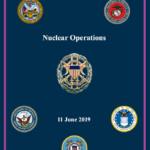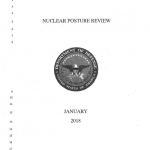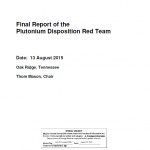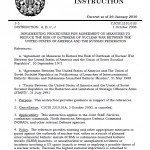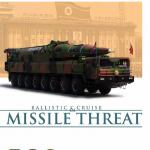The mission of the Department of Homeland Security (DHS) includes acting as a focal point regarding natural and manmade crises and emergency planning. In support of the Department’s mission, the primary mission of the Federal Emergency Management Agency (FEMA) is to reduce the loss of life and property and protect the Nation from all hazards, including natural disasters, acts of terrorism, and other man-made disasters, by leading and supporting the Nation in a risk-based, comprehensive emergency management system of preparedness, protection, response, recovery, and mitigation. Consistent with these missions, the Nuclear/Radiological Incident Annex to the National Response Framework (June 2008) sets forth DHS as the coordinating agency for all deliberate attacks involving nuclear/radiological materials, including radiological dispersal devices (RDDs) and improvised nuclear devices (INDs).
Read more →
